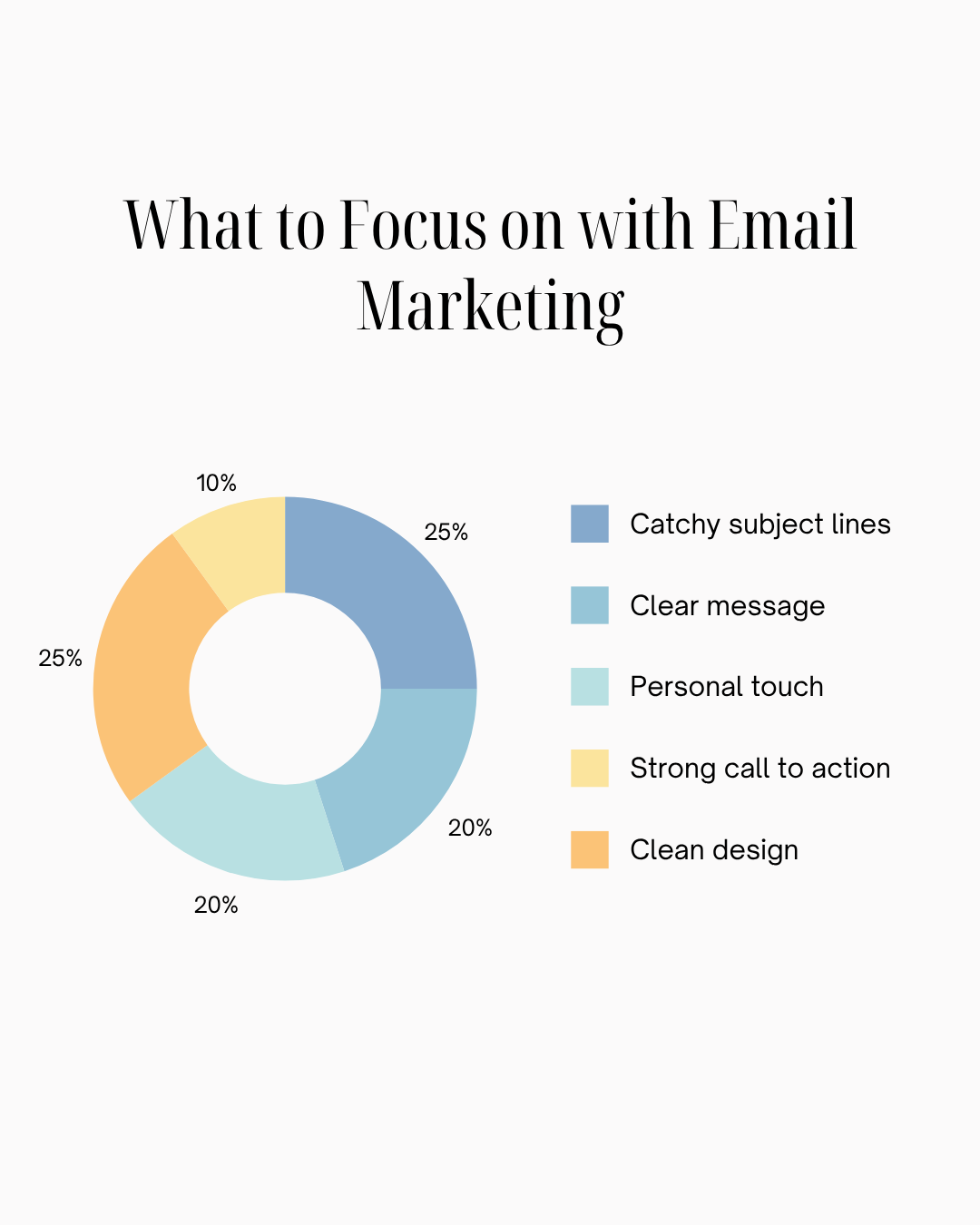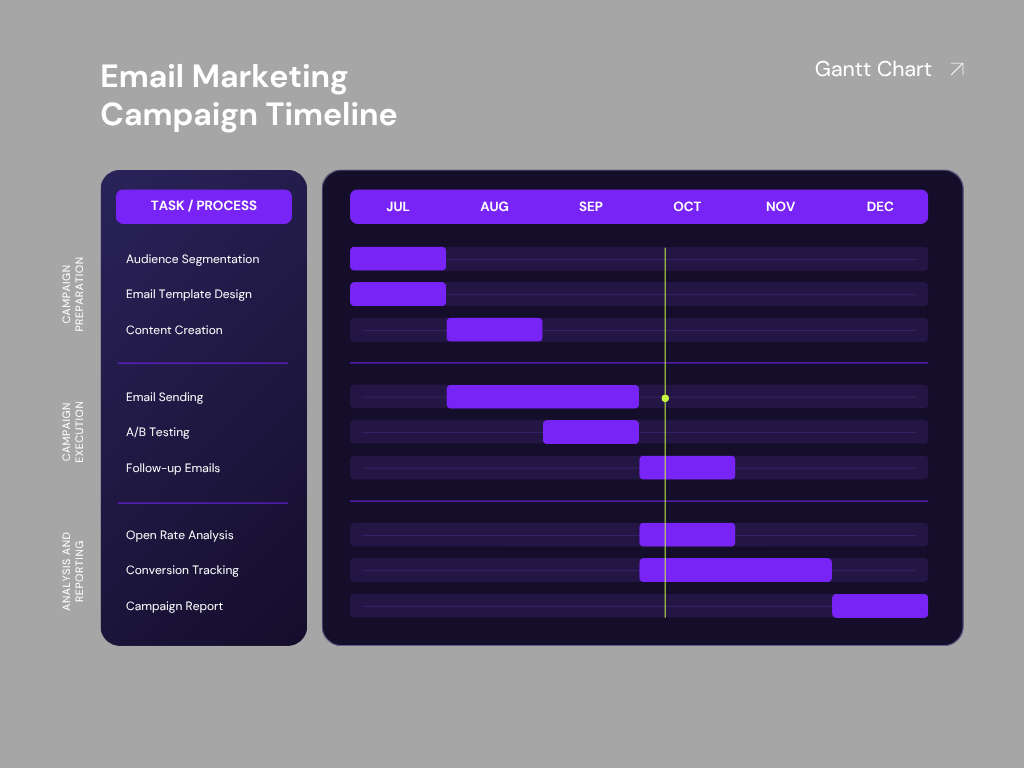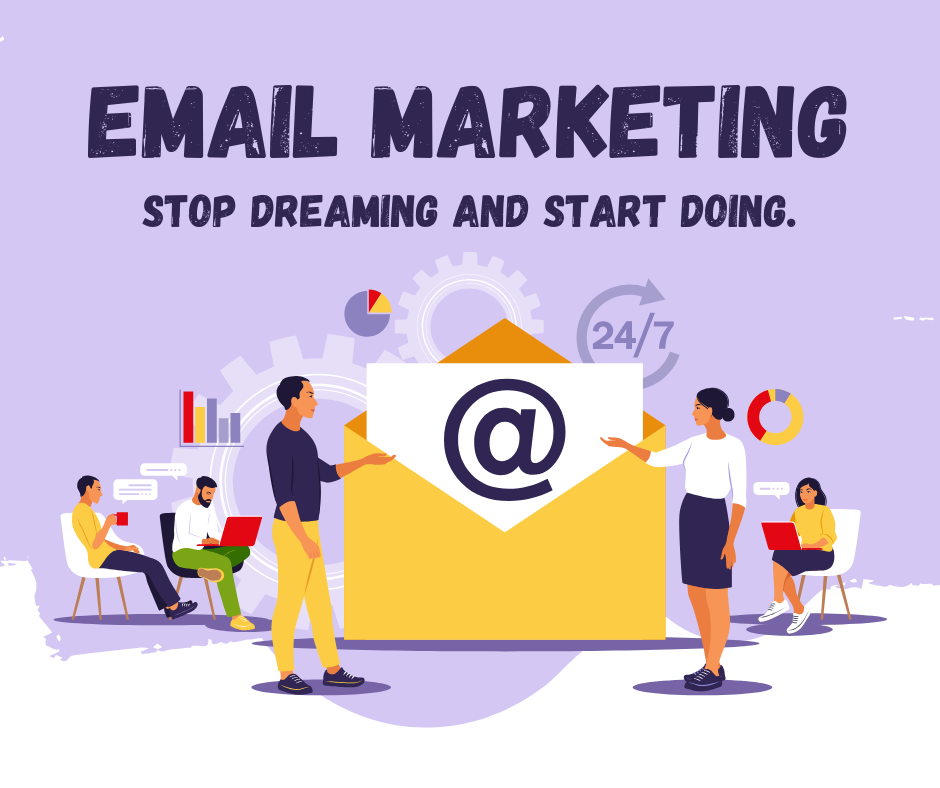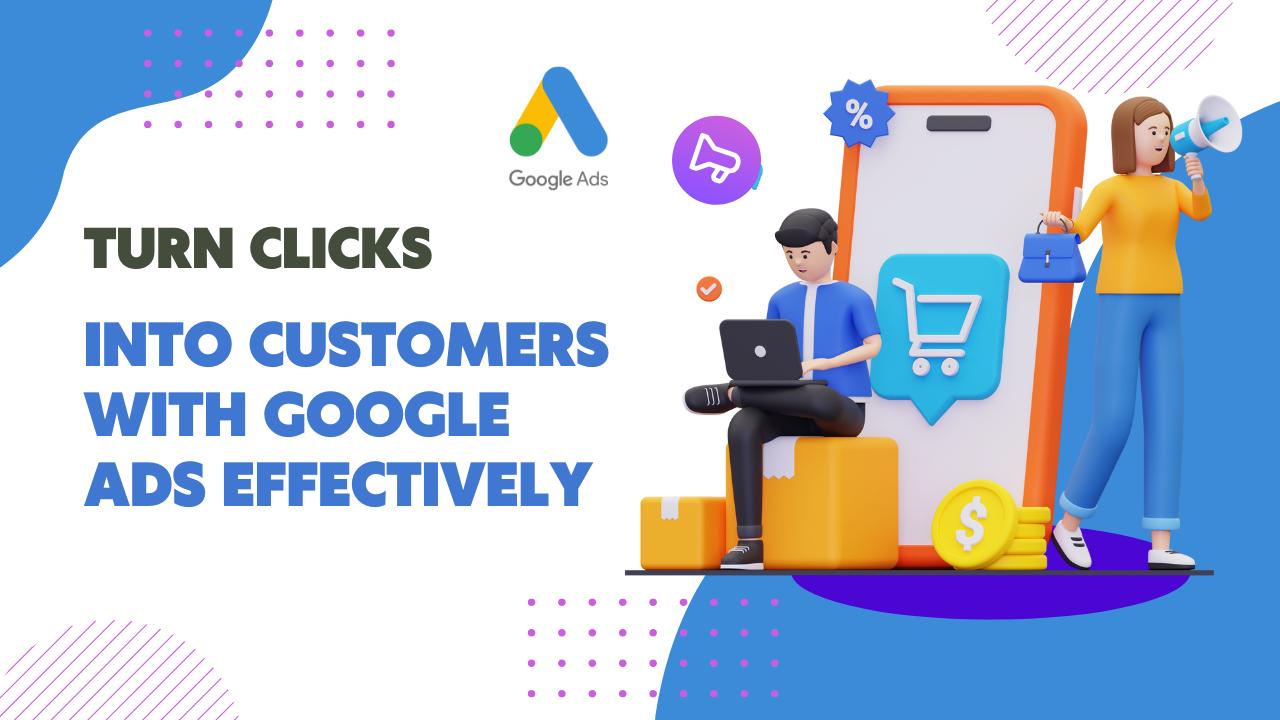Introduction : Email Marketing
Email marketing continues to be one of the most cost-effective and results-driven digital marketing channels in 2025. For businesses that sell to other businesses, a well-executed email strategy can drive meaningful engagement, increase conversions, and build long-term client relationships.
This guide walks through what email marketing really is, how it works, the latest tools and platforms, key statistics, types of email marketing, and the measurable benefits your business can expect. We’ll also explore advanced tactics for segmentation, personalization, compliance, and retention that will elevate your marketing outcomes.
What Is Email Marketing?
Email marketing is the practice of sending emails to a targeted group of contacts with the goal of nurturing leads, sharing valuable content, promoting services, or converting prospects into clients.
For companies operating in the professional or enterprise space, email campaigns often focus on delivering tailored solutions, industry insights, and personalized follow-ups—rather than one-size-fits-all promotions.A good email strategy is about building trust, staying top-of-mind, and encouraging action at the right time in the decision-making process.
Why Email Marketing Is Important
1. Direct Access
Email marketing allows you to communicate directly with decision-makers, cutting through the noise found on social media and paid advertising platforms. This direct line to your target audience helps build stronger, more personal connections that lead to higher conversion rates.
2. Permission-Based
One of the key advantages of email marketing is that it is permission-based. Subscribers have willingly opted in to receive your emails, making them more receptive to your messaging. This often results in better engagement rates compared to other forms of outreach.
3. Personalized Experience
Modern email platforms allow you to segment your audience and automate email delivery based on user behavior. This means your messages can be tailored to meet the specific needs and interests of each recipient, significantly increasing the relevance and effectiveness of your communication.
4.Trackable Metrics
Email marketing provides detailed analytics, including open rates, click-through rates, and conversion tracking. These metrics enable you to gauge campaign success and make data-driven decisions for future improvements in real-time.
5.Long-Term ROI
Compared to other digital marketing methods, email marketing is incredibly cost-effective. With minimal investment, organizations can achieve substantial returns, making it a powerful tool for long-term growth and sustainability.
How Email Marketing Works
- Building a quality email list Collect contacts through website forms, gated content, webinars, or events.
- Segmenting your audience Group contacts based on industry, job role, stage in the sales funnel, or behavior.
- Crafting compelling content Emails must be relevant, informative, and aligned with the recipient’s needs.
- Automating campaigns Set up workflows triggered by actions (e.g., downloading a whitepaper or signing up for a webinar).
- Analyzing performance Track open rates, click-throughs, and conversions to continually optimize campaigns.
- Maintaining deliverability and compliance Use proper consent, comply with GDPR/CAN-SPAM, and maintain clean lists to avoid spam filters.

Types of Email Marketing
Understanding the main types of email campaigns helps you plan a balanced and effective strategy:
1. Promotional Emails
Used to promote new products, services, discounts, or events. These emails aim to generate immediate responses or inquiries.
2. Informational Emails
Include newsletters, updates, or announcements. These are valuable for keeping contacts informed about your organization, industry news, or newly published insights.
3. Retention Emails
Designed to keep existing clients engaged. Examples include loyalty programs, feedback surveys, or helpful best practices.
4. Transactional Emails
Triggered by user actions, such as purchases, sign-ups, or downloads. These include confirmations, receipts, onboarding flows, and password resets. While functional, they are a great opportunity to enhance the user experience.
Email not delivering results? Our team builds campaigns that convert. Reach out and let’s get started
Email Marketing Software & Tools
Modern email marketing relies on specialized tools to manage and automate communication. These platforms enable scheduling, segmentation, personalization, A/B testing, and detailed analytics.
Popular Email Marketing Tools in 2025
Mailchimp
Known for its user-friendly interface, Mailchimp provides a drag-and-drop email editor, powerful automation, and insightful analytics. It’s a great starting point for companies looking to build professional campaigns quickly.
ActiveCampaign
This platform excels in automation and segmentation. With deep CRM integration and robust workflow features, it’s perfect for marketers who want to deliver customized journeys at scale.
HubSpot
HubSpot offers an all-in-one CRM and email marketing platform. It’s ideal for businesses wanting in-depth analytics, smart personalization, and seamless integration with their entire sales and marketing stack.
ConvertKit
ConvertKit is a favorite among content creators and consultants. Its automation-first approach makes it easy to set up sequences, while its intuitive tagging system helps keep your list organized and effective.
Brevo (formerly Sendinblue)
A great choice for teams looking for multichannel support. Brevo combines email, SMS, and chat in one platform, with strong capabilities for transactional messaging and automation.
MailerLite
Lightweight, affordable, and effective, MailerLite is best suited for small marketing teams. It covers the basics with ease—campaign creation, automation, and reporting—without overwhelming users with too many features.
Email Marketing Statistics (2025)
Understanding the numbers behind email marketing helps validate its importance in your overall strategy.
Here are some up-to-date industry statistics:
- ROI: Email marketing generates an average ROI of $40 for every $1 spent
- Open Rate: Average email open rate in professional services is 34%
- Click-Through Rate (CTR): Average CTR stands at 2.9%
- Automation Usage: Over 70% of companies use automation in their email workflows
- Personalization Impact: Personalized subject lines increase open rates by 26%
- Email Users Worldwide: Over 4.6 billion email users expected by the end of 2025
- Mobile Opens: Over 61% of emails are opened on mobile devices

Crafting Effective Email Campaign Content
Creating high-performing email campaign content involves more than just clever subject lines—it’s about delivering value, building trust, and prompting action. Start with a strong, benefit-driven headline that immediately tells the reader why they should care. The body of the email should be concise, scannable, and centered around the reader’s pain points or interests.
Use personalized greetings, dynamic content blocks, and clear, focused messaging that speaks directly to the recipient’s role or industry. Incorporate visuals, bullet points, and strong CTAs (calls to action) to guide the reader toward the desired outcome—whether that’s reading a blog post, scheduling a demo, or making a purchase.
Email campaigns should also reflect your brand’s tone of voice while remaining professional and helpful. A/B test subject lines, layouts, and CTAs to see what resonates best with your audience.
The Benefits of Email Marketing for Your Business
- High ROI Dollar for dollar, email marketing remains one of the most profitable digital tactics.
- Direct Communication You’re reaching decision-makers directly in their inbox, not passively on a feed.
- Nurturing Relationships Build trust over time with valuable content, case studies, and personalized follow-ups.
- Scalable and Measurable Whether sending 100 or 10,000 emails, performance is trackable and easy to optimize.
- Cost-Effective Compared to ads or events, email marketing costs a fraction and yields more predictable returns.
- Automation Saves Time With automated workflows, marketing teams can scale outreach without sacrificing personalization.
- Boosts Content Distribution Share blog posts, whitepapers, videos, and updates directly with your ideal audience.
- Builds Brand Authority Consistent, value-driven emails help position your company as a trusted industry resource.
Conclusion
In a landscape that’s increasingly digital and data-driven, email marketing stands out as a timeless tool for relationship-building, lead nurturing, and revenue growth. With the right strategy, tools, and content, it can turn prospects into long-term partners.At Gracwell Technologies, we help organizations craft high-converting email strategies designed to engage, convert, and retain clients in a competitive market. Let us help you build email campaigns that do more than land in the inbox—they drive results.
Author: Gracewell



General Doyle
Normally I do not read article on blogs however I would like to say that this writeup very forced me to try and do so Your writing style has been amazed me Thanks quite great post